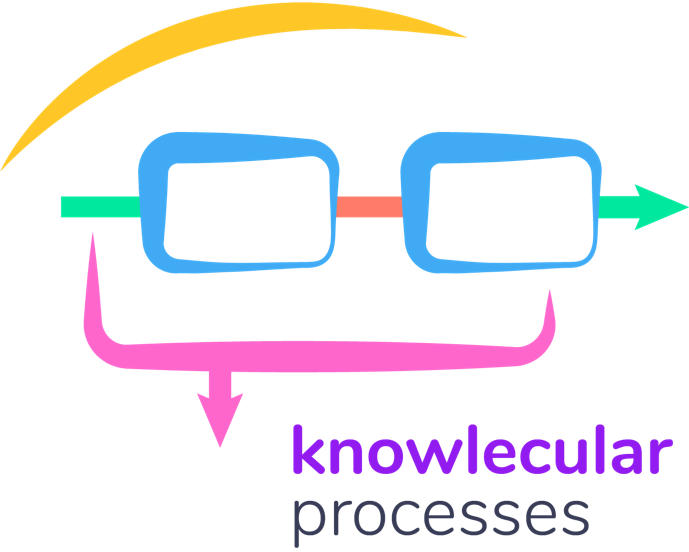3 ways to use Optimal Arousal Theory in creativity.
3 ways to use Optimal Arousal Theory in creativity.
Darrell Velegol, PhD
2024may29
Creativity works best with some novelty, but not too much (which can consume all our resources). Our family just returned from Europe, and we had a lot of stimuli that were novel to us. The foods, sights, people, shows, airports, languages.
I was reminded of the optimal arousal theory in creativity. The idea that a balance between novelty and familiarity can boost creativity is well-supported by various studies and theories in psychology and creativity research. Here’s a key reference:
Berlyne, D. E. (1960). Conflict, arousal, and curiosity. McGraw-Hill Book Company. https://doi.org/10.1037/11164-000
It reminds me also of Vygotsky’s “Zone of Proximal Development” (ZPD) concept, to develop by stretching your capacity, but not too much. How to use these ideas:
1. Travel. Go somewhere new, but have enough familiar elements that you’re not expending all your brain power on the new. Just enough novelty to disrupt completely familiar patterns.
2. People. Purposely spend an evening or day with a few new people from unfamiliar backgrounds.
3. Ideas. Read-watch-listen to an unfamiliar genre of book-movie-music.
